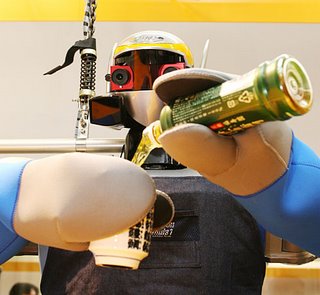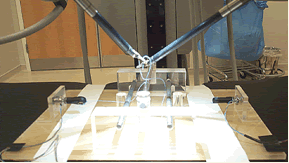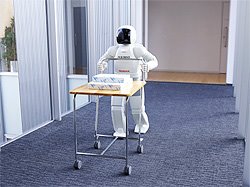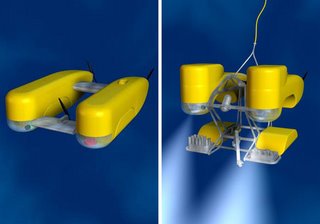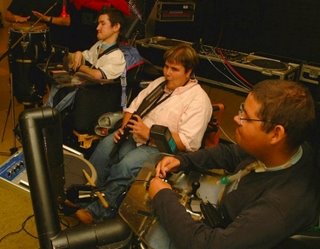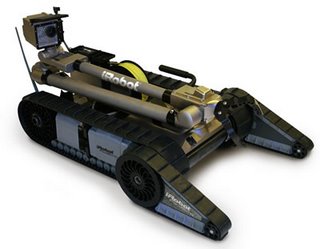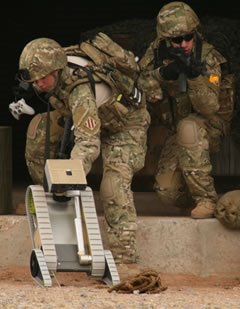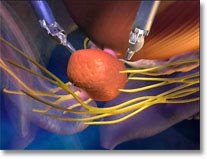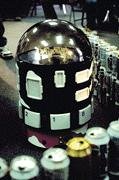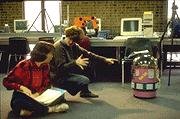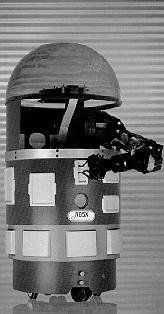 Considering the chances for home robots to reach a fundamental breakthrough on the mass market, an observation of the daily habits of people shows that the most time-consuming specifiable tasks in traditional housework are cleaning, washing, ironing and cooking. Most these tasks require quite a complicated navigation and they cannot be done properly and satisfyingly without very sophisticated mechanics. Cooking is a task performed in an environment which is very easy to define and it is already done with the help of technical equipment – which is therefore adjustable to the requirements of an assisting robot. A mass market for home robots – with a simply to build and therefore cheap product that gives the consumer a valuable benefit – could therefore be found exactly in this area.
Considering the chances for home robots to reach a fundamental breakthrough on the mass market, an observation of the daily habits of people shows that the most time-consuming specifiable tasks in traditional housework are cleaning, washing, ironing and cooking. Most these tasks require quite a complicated navigation and they cannot be done properly and satisfyingly without very sophisticated mechanics. Cooking is a task performed in an environment which is very easy to define and it is already done with the help of technical equipment – which is therefore adjustable to the requirements of an assisting robot. A mass market for home robots – with a simply to build and therefore cheap product that gives the consumer a valuable benefit – could therefore be found exactly in this area. Currently, there is already very advanced food processors like the Thermomix, which can chop, puree, blend and also steam and heat food.
The low flexibilty and the high prize of even this relatively simple machine might be reason for researchers and companies to still focus on the development of very complex service robots, which are able to undertake complete householding tasks and can therefore be of a real benefit to the customer.
Walther Schulze, NT061333Y
Further references:


